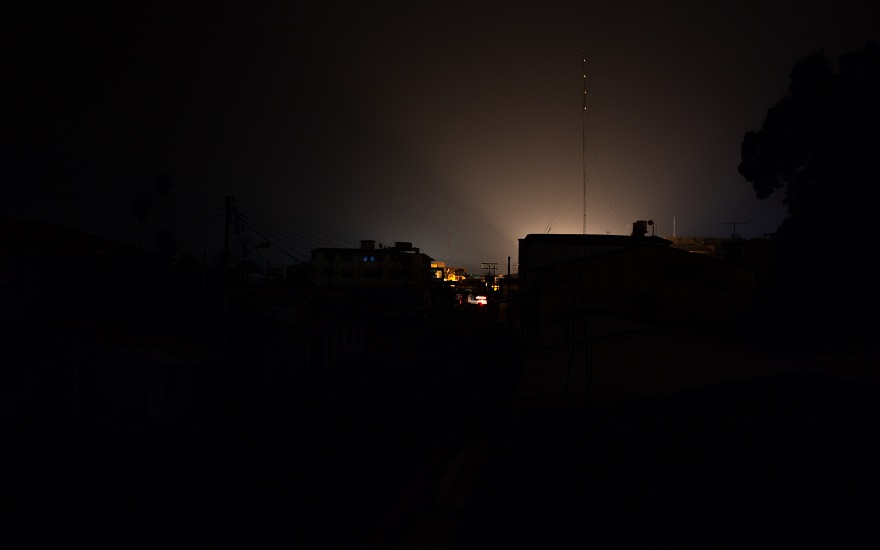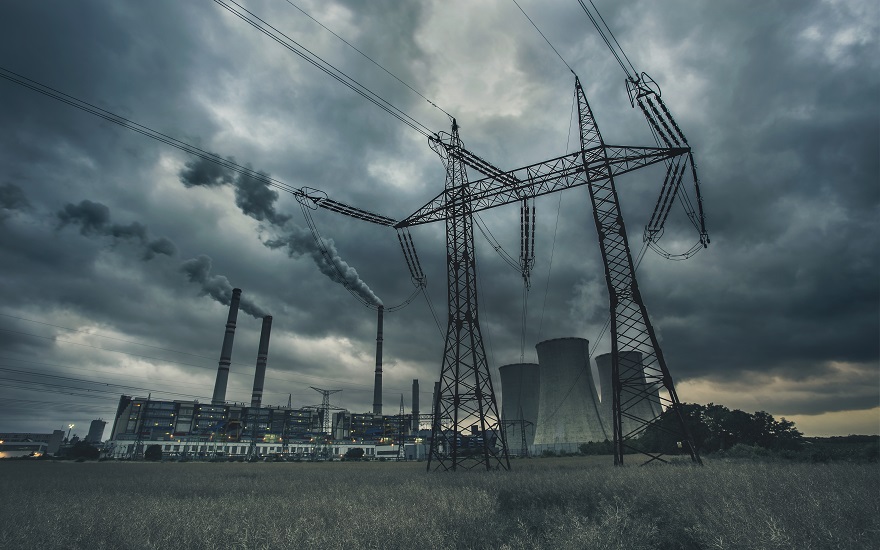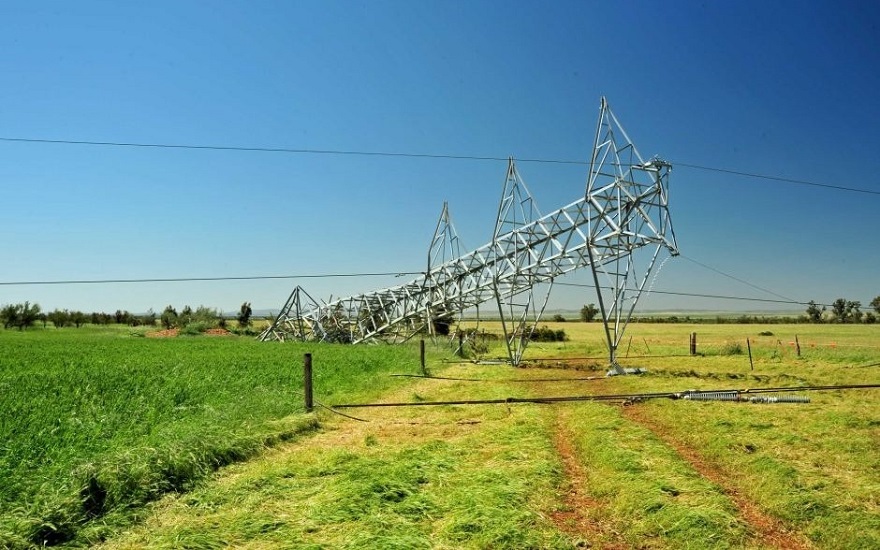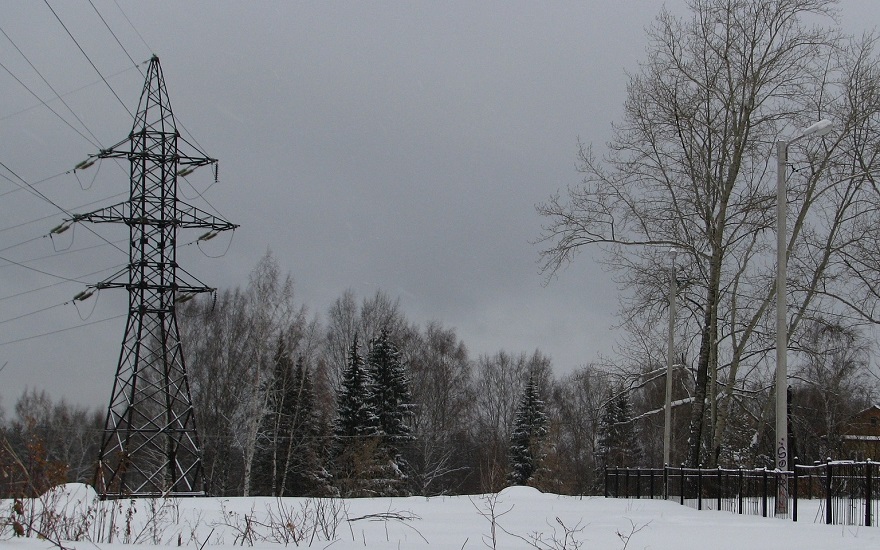More than 20 million people in and around Jakarta left without power for several hours.
The blackout hit the Indonesian capital and surrounding provinces West Java and Banten just before midday local time on Sunday 4 August.
Supplies were restored to most customers within nine hours, although it took longer in some rural areas.
The power failure saw the city’s newly-opened mass rapid transit (MRT) metro system grind to a halt.
Thousands of passengers had to be evacuated from the trains, while replacement buses could only accept cash with digital payments offline.
As a result, Governor of Jakarta Anies Baswedan waived fares on other train networks that were still running for the rest of the day.
Coverage on many mobile phone networks went down for several hours. This left Uber-style ride-hailing services such as Gojek and Grab unavailable due to a lack of internet.
Soekarno-Hatta International Airport, the city’s main airport, and most hospitals continued to operate during the outage thanks to its backup generators.
What Caused The Blackout?
State-owned power provider Perusahaan Listrik Negara (PLN) initially blamed the outage on gas turbine failures at the Suralaya and Cilegon power stations.
However, further investigations found the true cause was a failure in the 500 kV transmission lines between Ungaran and Pemalang in Central Java. This led to a drop in voltage that resulted in the turbine failures.
Following the outage, PLN pledged to compensate the 21.3 million affected customers with compensation totalling 839 billion rupiah (approximately £45 million). The energy company itself suffered losses worth 90 billion rupiah (nearly £5 million).
Power outages are relatively common in Jakarta. Unlike this incident, however, most tend to be short-lived and confined to particular parts of the city.
The Greater Jakarta area is home to more than 30 million people, making it the world’s second-largest urban area behind Tokyo.
This places huge strain on Indonesia’s under-resourced electricity grid, where government-regulated tariffs tend to be too low to adequately cover the network’s operational costs.
In August 2005, nearly 100 million people were left without electricity for up to five hours in the Indonesian islands of Java and Bali following a transmission line failure.





The recent blackout in Jakarta, impacting over 20 million people, underscores the vulnerabilities in Indonesia’s electricity grid and the challenges of maintaining a reliable power supply in a densely populated urban area. The initial blame placed on gas turbine failures was ultimately traced to a critical failure in the 500 kV transmission lines, highlighting the interconnected nature of modern energy systems where issues in one area can cascade into widespread outages. The incident, which caused significant disruptions including halts in public transport and mobile networks, underscores the urgent need for infrastructure upgrades and improved grid management. PLN’s commitment to compensating affected customers is a positive step, but the broader issue of under-resourced and strained infrastructure, compounded by low tariffs, reveals a systemic problem. As Jakarta continues to grow, ensuring a resilient and modernized energy network will be crucial to avoiding future disruptions and supporting the city’s development.